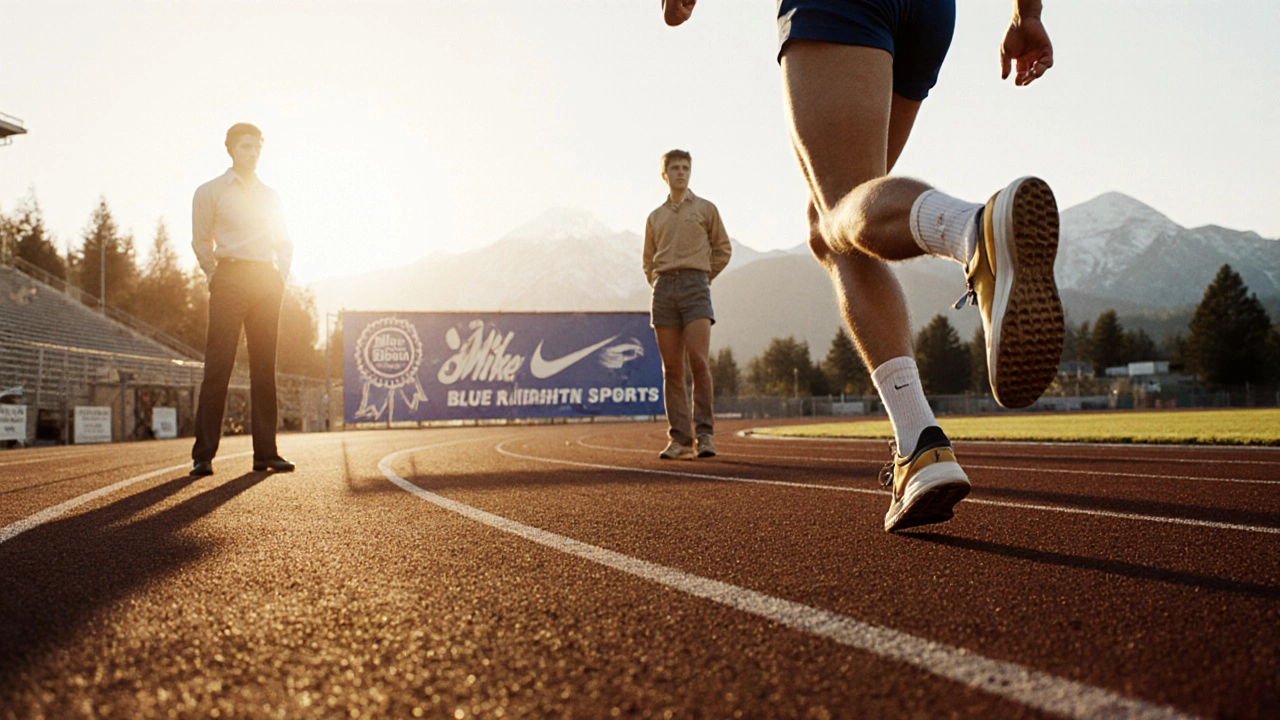
Global Sports Equipment Revenue – Trends, Numbers & Insights
When talking about global sports equipment revenue, the total income generated from selling sports gear worldwide. Also known as sports gear sales value, it reflects how much money fans, clubs and casual users spend on everything from running shoes to tennis rackets. This figure is a core part of the sports equipment market, which tracks product categories, geographic pockets and seasonal spikes. Another key driver is consumer spending on fitness and recreation, shaping demand across age groups. Finally, equipment manufacturers influence revenue by launching new technologies and setting price points. Understanding these links helps anyone from investors to athletes see why revenue numbers matter.
Why tracking revenue matters
Revenue data serves as a barometer for the health of the whole sports industry. When sales rise, it often signals growing participation in activities like running, cycling or team sports. Conversely, a dip can point to economic uncertainty or shifts in consumer preferences, such as a move toward home‑based workouts. Analysts use this information to build industry forecasts that predict where money will flow next year, informing decisions on product development, marketing budgets and retail expansion. By coupling revenue figures with participation stats, you get a clearer picture of which sports are gaining traction and which are fading.
Manufacturers play a pivotal role in shaping revenue patterns. When a brand releases an innovative running shoe with advanced cushioning, it can spark a surge in purchases that lifts overall market numbers. Similarly, partnerships between tech firms and sports gear makers—think smart basketballs or GPS‑enabled footballs—create new revenue streams beyond traditional equipment. These collaborations often lead to higher price points, boosting average transaction values and, ultimately, total revenue.
Consumer spending habits dictate where revenue grows fastest. Younger adults tend to prioritize multi‑use gear, like cross‑training shoes that work for gym, trail and court, while older enthusiasts might invest more in recovery tools and supportive apparel. Seasonal events—marathon season, major tournament weeks, or Olympic years—also cause spikes, as runners buy new shoes and fans purchase team‑branded merchandise. Tracking these patterns helps retailers stock the right products at the right time, reducing overstock and missed sales.
In the UK, the sports equipment market follows global trends but has its own quirks. Football‑related gear still dominates sales, yet there’s a rapid rise in cycling and outdoor adventure equipment, especially after government initiatives encouraging active travel. Market reports show that British consumers are willing to spend a premium on sustainable, locally‑made products, nudging manufacturers toward eco‑friendly materials. These regional insights refine revenue forecasts and guide brands seeking a foothold in the UK market.
Below you’ll find a curated collection of articles that dig deeper into specific sports, training tips, gear reviews and market analysis. Whether you’re curious about marathon preparation, the economics behind tennis rankings, or why the right equipment can boost performance and safety, the posts ahead provide practical takeaways backed by the latest revenue trends. Dive in to see how the numbers translate into real‑world decisions for athletes and businesses alike.
